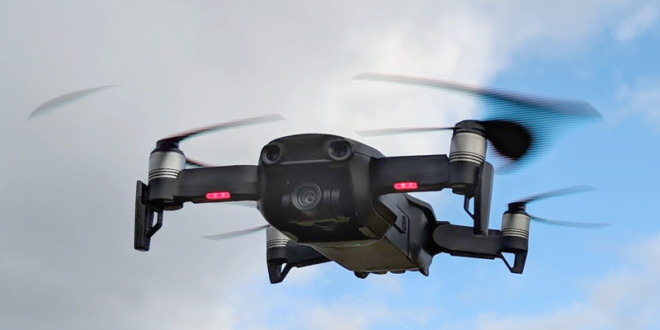Drones are undeniably cool, but unless you have the necessary know-how making an informed purchasing decision is virtually impossible – there are so many options, from cheap quadcopters to expensive professional drones for which you’ll probably need to justify spending that much on a ‘toy’.
If money is going to factor heavily in your buying decision, you should also check out our guide to the best cheap drones. If you’re more interested in having the best drone we’ve some options below.
There are laws on flying drones, though, so read up on the rules for flying drones in the UK and also where you’re allowed to fly.
Your Buying Guide for the Best Drones in 2019
What is the difference between a drone and a quadcopter?
In the majority of cases you can think of a drone and a quadcopter as the same thing, though you’ll often find more expensive devices are marketed as drones and cheaper toys as quadcopters.
In truth, a drone is any unmanned aerial vehicle, while a quadcopter is any drone controlled by four motors.
How much should I spend on a drone?
At the entry level, toy drones start at just £10, but you won’t get a camera unless you pay around £40-50. Increase your budget towards £100 and you should expect to get live video (first-person view) on your smartphone via a free app, or even a colour screen on the remote control.
None of these will shoot good-quality video, though. For that you will need to spend £300+.
At higher prices, though, you get more for your money and not just better cameras. As well as longer flight times, more expensive drones should also be easier to fly thanks to auto-hovering. Without this, you will have to work harder to keep it in the air.
Flight time and range
Cheap drones tend to fly for about five- to 10 minutes before they need recharging, and USB chargers tend to take 30- to 60 minutes to recharge the batteries. Try to get a drone with replaceable batteries and buy a couple of spares.
Although some manufacturers claim a range of over 100m for cheap drones, it’s best to assume you’ll never get more than about 50m. By law in the UK, you must keep drone in your line of sight at all times, anyway.
Small and light drones will be blown around in the wind, so warm, windless days are the best times to fly, although the smallest micro drones can be flown indoors.
For bigger drones, such as DJI’s Phantoms, expect flight times around 20-25 minutes and a range measured in miles, not metres. These use big batteries but are of course bigger and heavier than toy drones. Even the most expensive consumer drones (and we’re talking £2,000) don’t fly for longer than 30 minutes.
Spares – and the availability of spares – are essential
You will crash your drone and you will break things, usually propellers. Almost all drones come with a full set of spare rotors, but as two rotate anti-clockwise and the other pair clockwise, you’ve got only two spares for each pair of spindles.
Check first if spare parts are easy to obtain for a particular drone, and also their prices.
Cameras
Not all drones come with cameras. You don’t need a camera, since you should always have the drone in your line of sight while flying it. And even if a drone has a camera, it may not offer FPV (First Person View, a real-time video stream) which you need in order to fly it without line-of-sight.
At the cheaper end of the price scale you’ll be lucky to get even 720p (1280×720) video, but if you want a drone for aerial video go for at least 1080p (1920×1080). Bear in mind that – as ever – you can’t trust specs alone. Read our reviews to find out how good each drone’s camera is.
However, you’ll only get great quality footage if you buy a drone with a gimbal. This is a stabilised mount for the camera which keeps it steady when the drone tilts or moves around. Parrot’s Bebop 2 has a fixed wide-angle camera that does a decent job without a gimbal, but the quality from DJI’s drones is generally noticeably better.
Some drones record video directly to a microSD card but others record from the remote control, or even over the air to a smartphone. Direct recording is usually more reliable and better quality as the video doesn’t have to be transmitted before being recorded.
Also check out our best drone photography tips.
Best drones 2019
1. DJI Mavic Air
Although you may not consider it cheap, the Mavic Air is astounding value for money. It’s the most advanced consumer drone you can currently buy and shoots great-quality video and panoramic photos.
The Quickshot modes are brilliant, there’s best-ever obstacle avoidance and it’s small enough to carry everywhere with you.
Ultimately, this is the drone you’ve been waiting to buy.
Read our DJI Mavic Air review.
2. DJI Mavic Pro
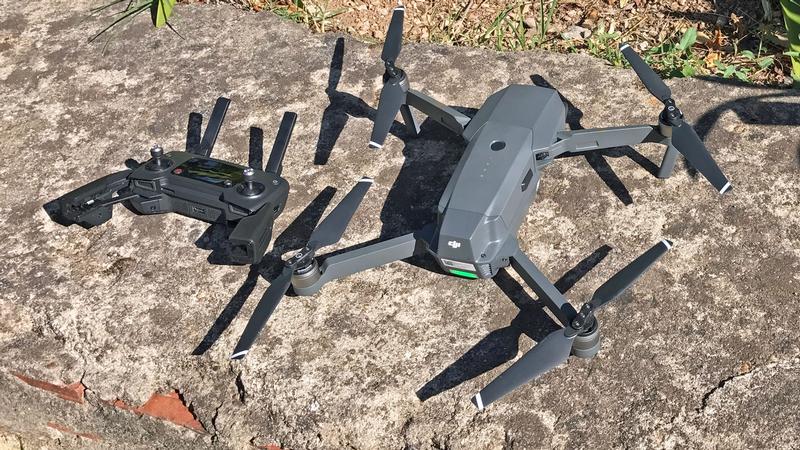
Folding drones are undoubtedly the future. GoPro thinks so, and now that DJI has unveiled the Mavic Pro, it’s sure to become the bandwagon on which to jump. The Mavic may seem expensive, but the fact that it has even better tech inside it than the Phantom 4 means it’s actually very good value.
If there’s one downside it’s that you can’t remove the gimbal and camera for ground-based filming as you can with GoPro’s Karma. But the Mavic Pro’s portability and the fantastic new controller are the real winners, though. It means you don’t have to lug a big case around as you did for the Phantom, and that it doesn’t have to be a special occasion: you can take the Mavic Pro everywhere.
Read our DJI Mavic Pro review.
3. DJI Spark
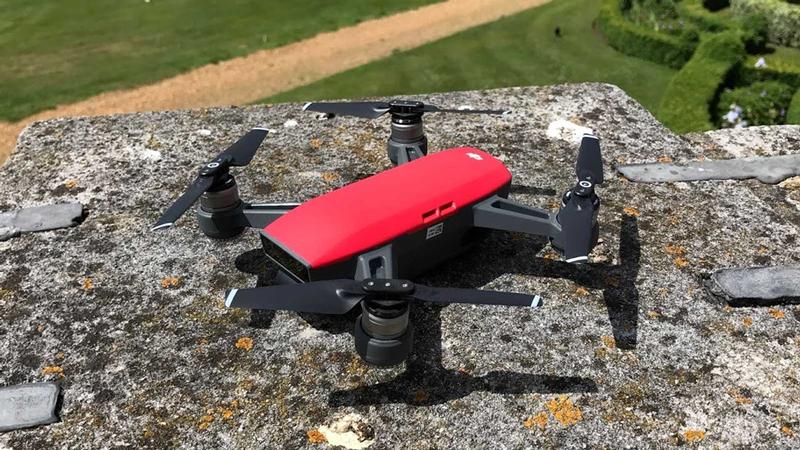
The DJI Spark may not offer the best photo or video quality, but as a package it’s one of the best you can buy under £700. It’s so small it will fit in practically any bag, it’s easy to use and it has features – such as object tracking and obsctable avoidance – that you’d expect only in more expensive models.
Read our DJI Spark review.
4. Parrot Anafi
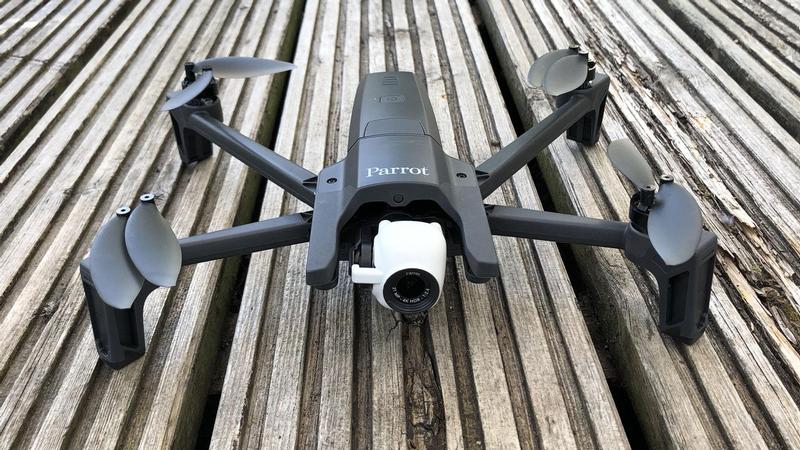
With a 180-degree tilting gimbal, a battery that charges via USB-C and the ability to record 4K HDR video, the Anafi is a well-priced drone. The snag is that it won’t avoid any obstacles and some of the autopilot modes have to be unlocked with in-app purchases.
Read our Parrot Anafi review.
5. DJI Phantom 4 Advanced
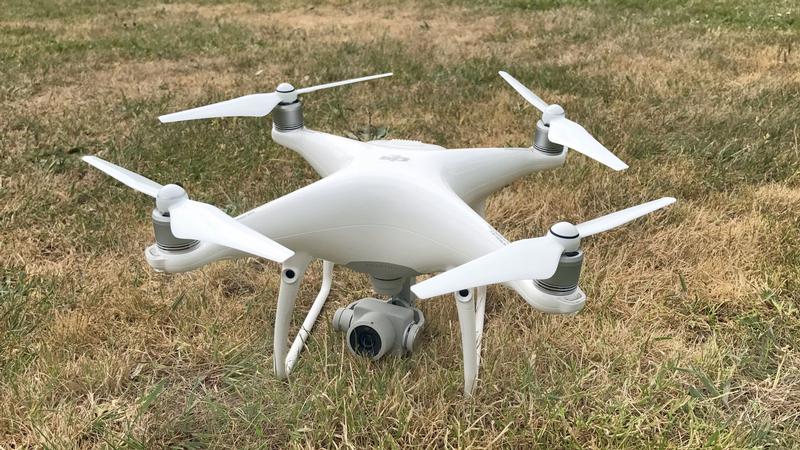
The Phantom 4 Advanced is another top-notch drone from DJI. It’s not cheap, and spare batteries are expensive, but it is very easy to fly and offers a plethora of ‘smart’ modes that will help you get decent aerial footage. For some the 20Mp camera will make it worth the upgrade from the Phantom 3 or 4, but remember it lacks the rear vision sensors of the Phantom 4 Pro, which isn’t a whole lot more expensive.
Read our DJI Phantom 4 Advanced review.
6. Parrot Bebop 2 Power FPV
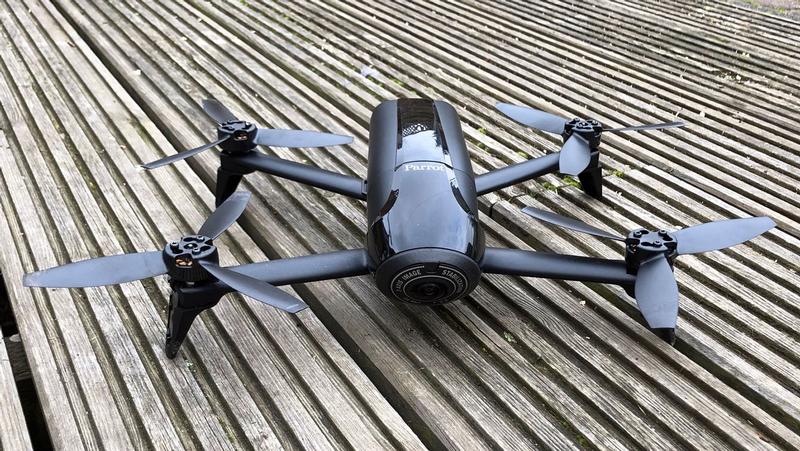
The Bebop 2 Power is really a dual-purpose drone. You can use it for shooting cinematic footage or dart around at 40mph and have fun with the FPV headset. It’s large batteries mean it flies for longer than its competitors, but the downside is that it isn’t as portable because it doesn’t fold up.
If your main aim is to get the best possible video quality, though, then there are better alternatives.
Read our Parrot Bebop 2 Power FPV review.
7. DJI Phantom 3 Standard
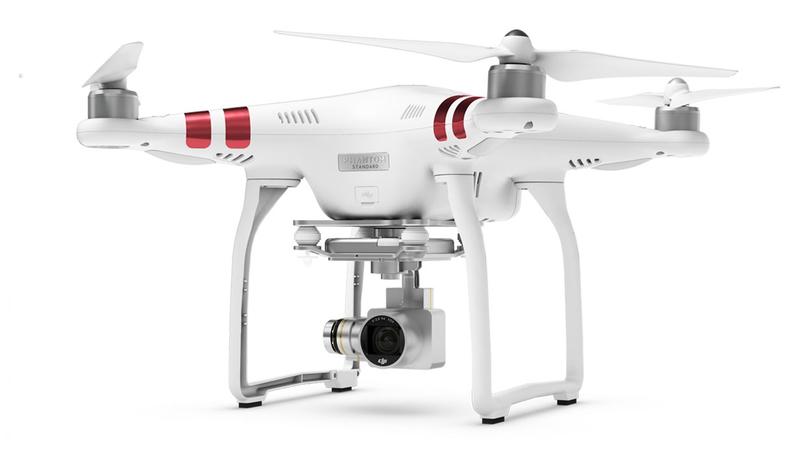
The intelligent flying modes may not be the easiest to use, but they do allow you to get smooth shots that would be near impossible with a Phantom 2. The Go app is also a huge improvement, but the biggest gains are crucially in photo and video quality. With the recent price drop, the Phantom 3 Standard is almost unbelievably cheap. If you can’t stretch to a P3 Pro, this is superb value for money.
Read our DJI Phantom 3 Standard review.
8. ViFLY R220
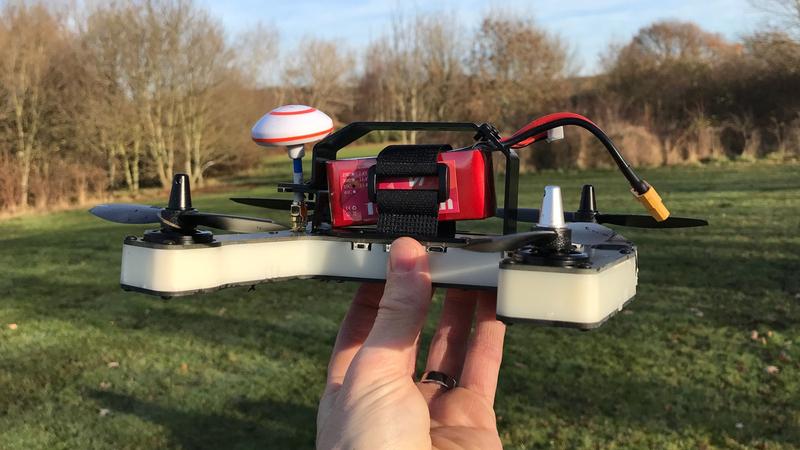
The ViFLY R220 is not only an excellent first product from ViFLY, it’s also a fantastic choice for beginners that want to get into FPV racing without the time and expense of having to research and build their own. It’s really well designed and remarkably tough, and the standard kit includes everything you need to get flying straight away (minus the FPV goggles). At this price, it’s excellent value for money and easy to recommend.
Read our ViFLY R220 review.
9. 3DR Solo
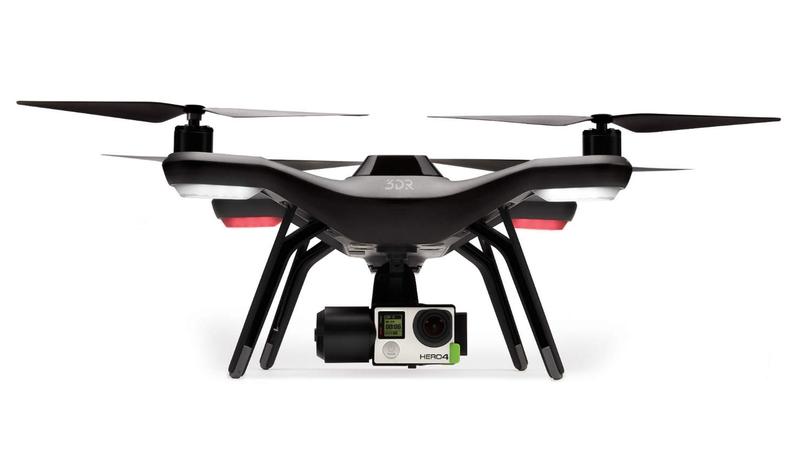
The Solo is a fantastic tool for capturing stunning aerial shots that would otherwise be impossible even for experienced quadcopter pilots. The price, though, will be a barrier for a lot of people. A Phantom 3 Advanced, for example, costs considerably less than the basic Solo yet comes with a great camera and gimbal. DJI has already announced it will add orbit and follow modes in an update coming soon, meaning it will deliver similar shots on a much smaller budget.
Read our 3DR Solo review.
10. Hubsan H501S X4
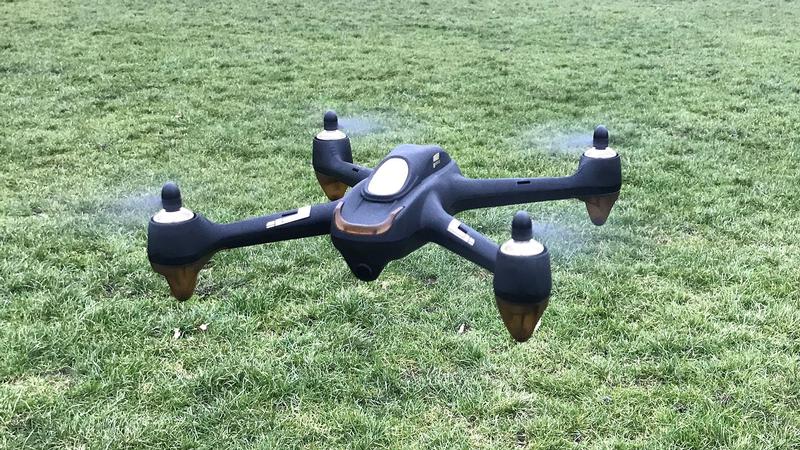
If you’re looking for an easy-to-fly drone with a first-person-view camera, the Hubsan H501S is well priced. But those wanting to record great aerial video and photos should look elsewhere.
Read our Hubsan H501S X4 review.
 Unmanned Aerial Vehicle The latest drone news
Unmanned Aerial Vehicle The latest drone news
